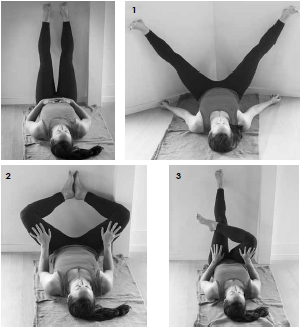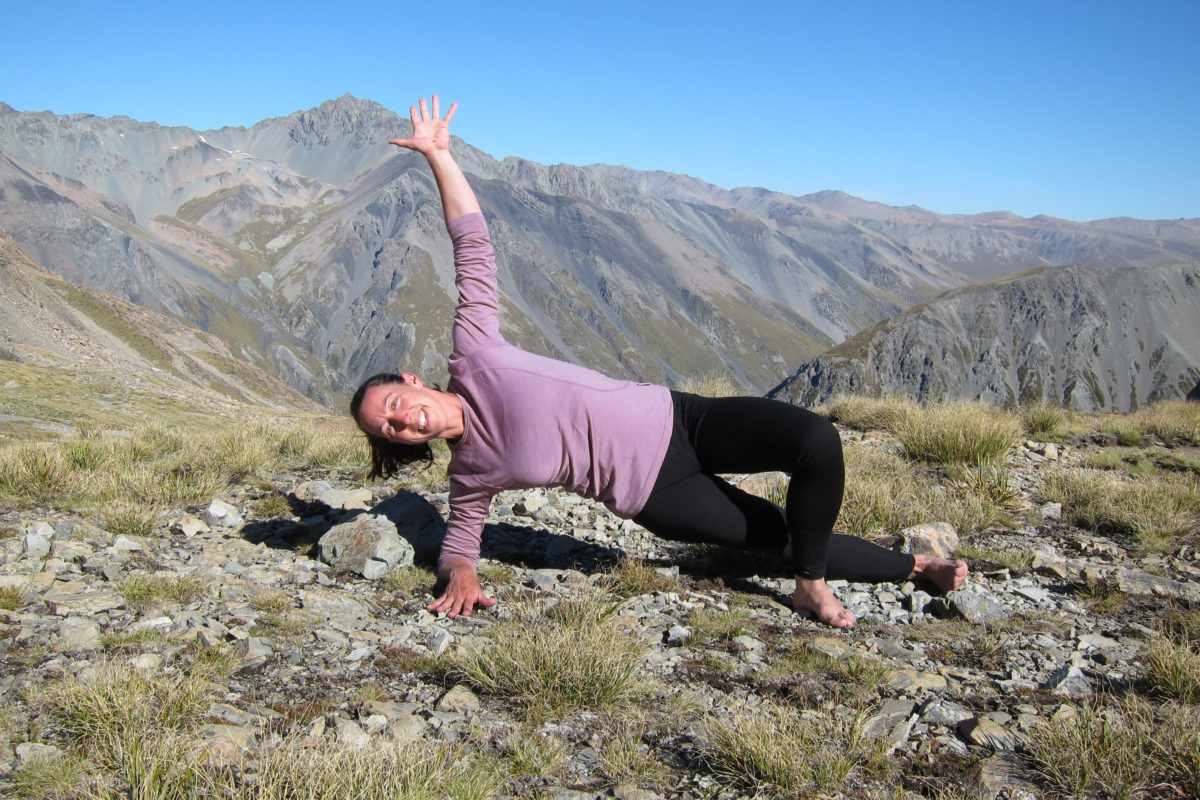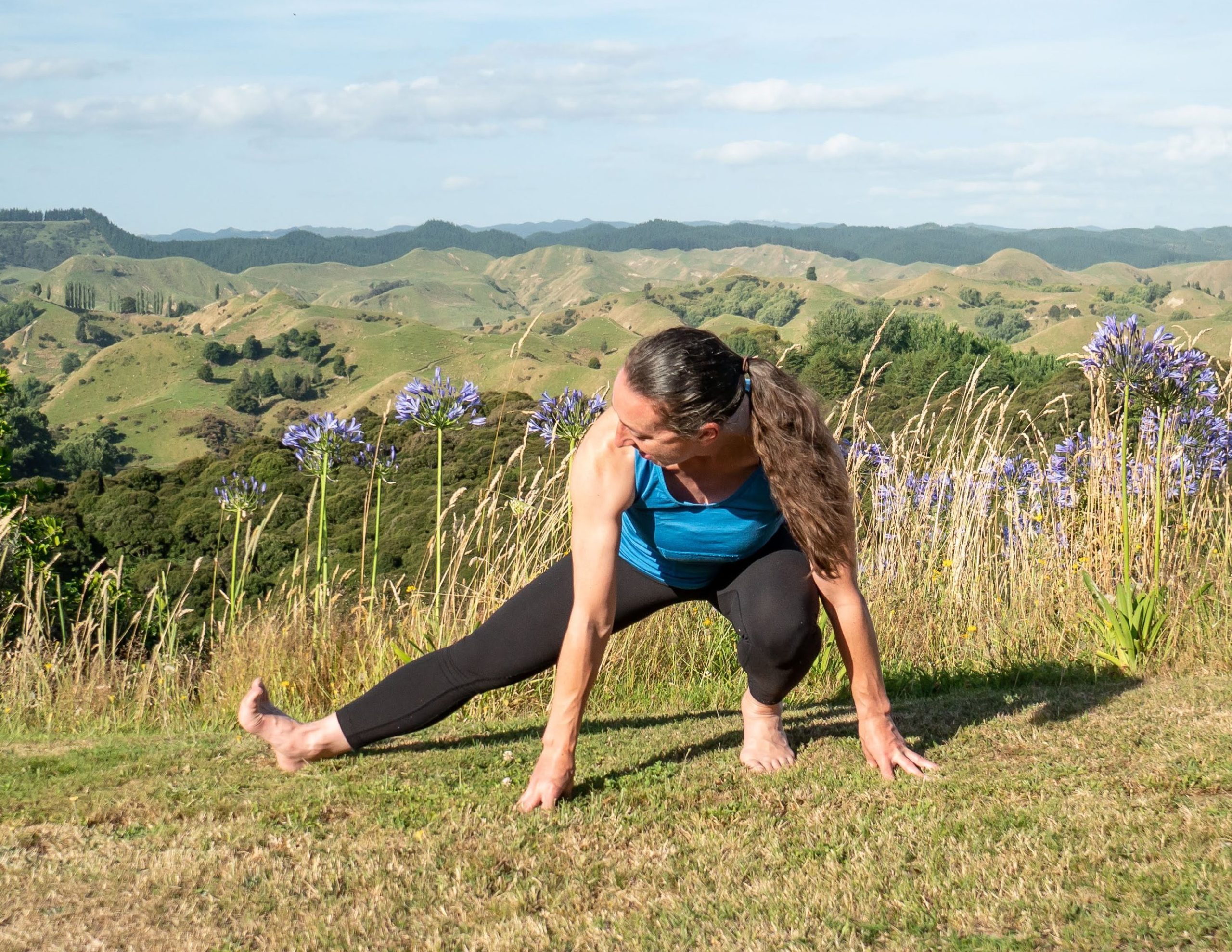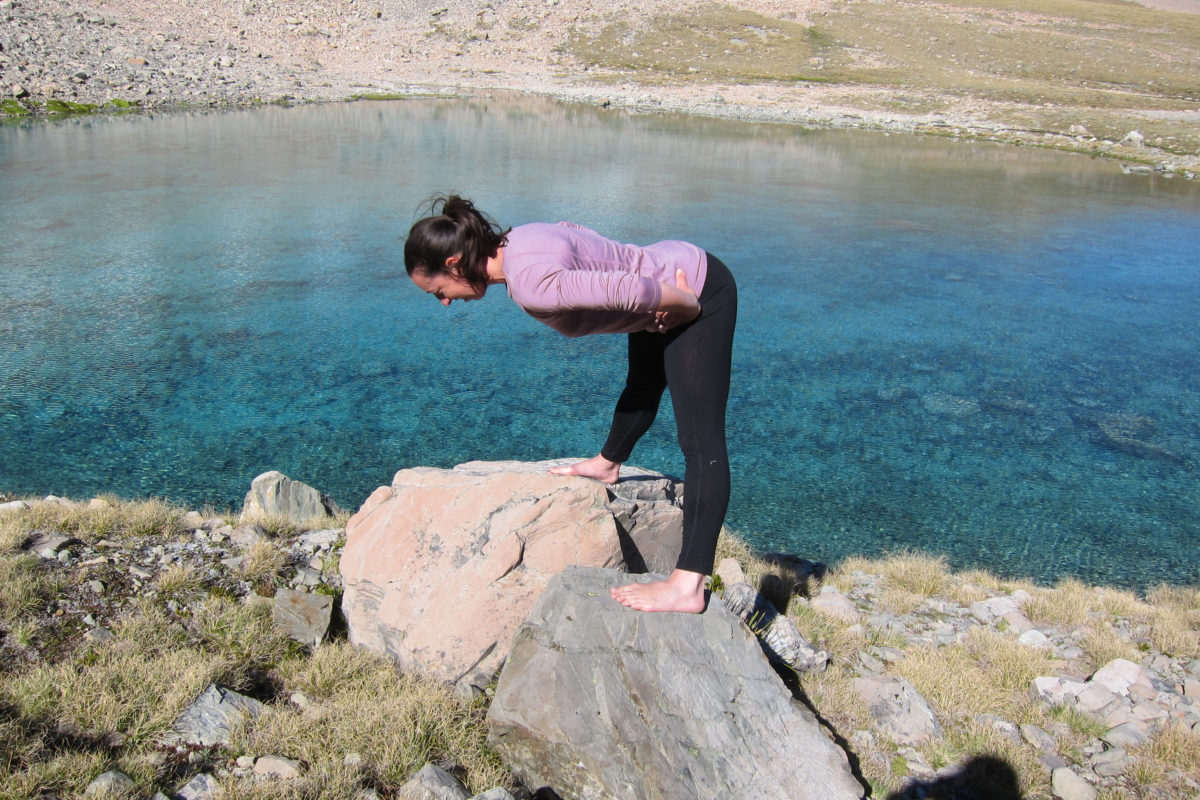I was talking with a physiotherapist the other day about the challenge of including movements in yoga that strengthen the adductor muscles (inner thighs or groin). It’s not that these muscles don’t get used in yoga – it’s just easy to under-use these muscles or let other muscles do the work.
There are many yoga poses when you could choose to activate or contract or squeeze the adductor muscles but in those same poses other muscles do the dominate work.
For example, try a wide leg squat (often called horse pose in yoga). Bend your knees to lower into the squat and then slowly straighten your legs to stand up. What muscles in your legs do you notice?
Return to the squat and stay here and without moving your feet or legs, try to pull your heels towards each other. What muscles do you notice now?
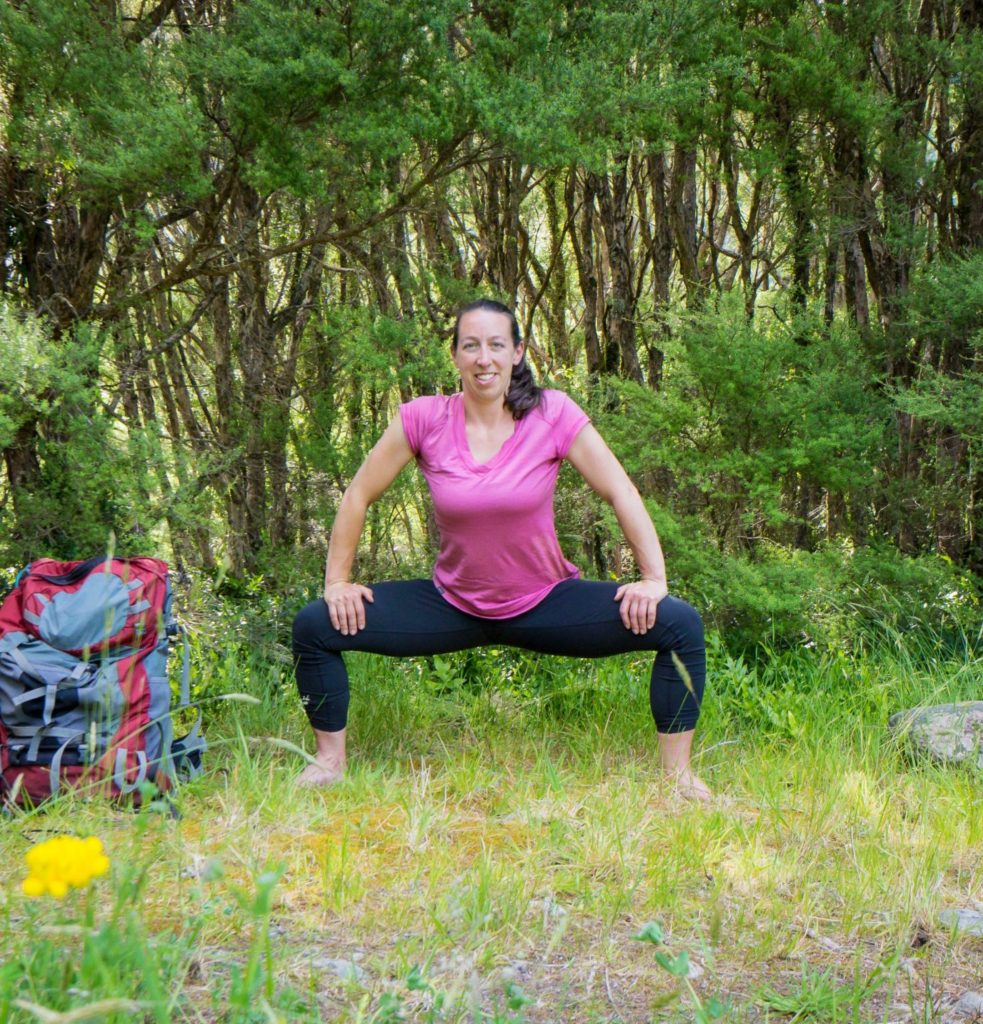
Dipping in and out of the squat, you will likely notice the muscles in your glutes (bum) and quadriceps (thighs), and lesser so the calves, feet and possibly inner thighs (adductors). But when you try to pull your heels towards each other, you should feel the inner thighs (groin or adductors) working significantly harder. This is a good example of how we can be more intentional about using the adductor muscles.
But what about movements that target the adductors?
So when I was talking to the physiotherapist he mentioned something called the Copenhagen adductor exercise. Little did I know I had described this exercise for strengthening the adductors before (inspired by a conversation with a personal trainer).
There are several versions from gentle to stronger for this exercise. In my classes we have experimented with a variaion of version 1 from the image below. The key in all of these, is that the focus is on lifting and lowering the bottom leg. We’ve done this in yoga from a side plank position on the forearm.

This image comes from a 2017 article from the British Journal of Sports Medicine. The results seemed impressive with male football players who had trained with the Copenhagen method having a 41% lower risk of groin injury. In fact the study was so popular, there are endless videos and articles about how to do the Copenhagen exercise.
But I particularly liked this article, which highlighted that any training can help prevent injuries and that a simple exercise can be good to strengthen muscles but does not replicate the ways in which we actually move and use those muscles. Overall, the feedback was positive for the exercise but a reminder that no one thing is a panacea.
And that brings me full circle – while yoga may have limited movements for specifically targeting adductor strengthen, yoga does offer ever changing diverse movement and the opportunity to move slow enough to concentrate on using those muscles. Both methods are good ways to build muscle strength.
So when you find yourself in side plank, it’s a great idea to sneak in a few reps of the Copenhagen adductor exercise but also remember to look for ways to intentionally use your adductor muscles in yoga.

